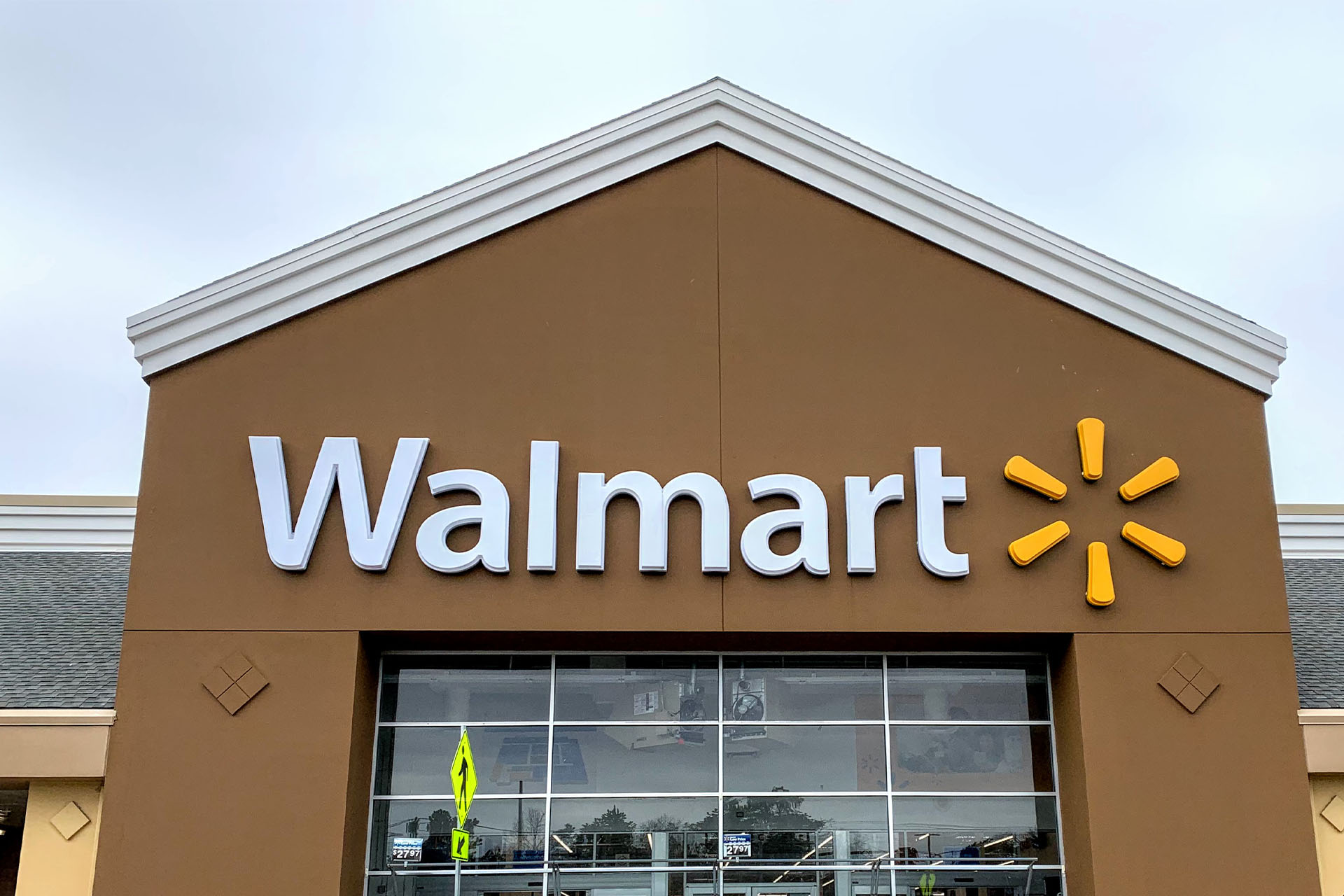Despite a stronger than expected sales gain in the first fiscal quarter, Walmart missed a Wall Street analyst consensus estimate on income as inflation, a temporary labor imbalance and supply chain costs took dollars off the bottom line.
Walmart posted company net income of $2.05 billion, or 74 cents per diluted share, versus $2.73 billion, or 97 cents per diluted share, in the year-prior quarter. Adjusted earnings per diluted share were $1.30 versus $1.69 in the period a year earlier, the company reported.
A Yahoo Finance-published first-quarter analyst consensus estimate anticipated adjusted diluted earnings per share of $1.48 for the quarter and revenue of $138.88 billion.
With fuel excluded, comparable store sales for Walmart U.S. were up 3% in the quarter year-over-year with transactions flat and average ticket up 3%. E-commerce contribution was negative by about 30 basis points. Comps for Sam’s Club, sans fuel, were up 10.2% in the period year over year with transactions up 10% and average ticket up 0.2%. E-commerce contribution was positive 150 basis points, Walmart noted.
Net sales were $140.29 billion and net revenue, including memberships and other income, was $141.57 billion, the company stated, versus $137.16 billion and $138.31 billion, respectively, in the year-previous quarter. Operating income was $5.32 billion versus $6.91 billion in the period a year before.
According to a Walmart, first-quarter earnings presentation, general merchandise comps were down in the low double digits while grocery was up in the low double digits and health and wellness was up in the high single digits. General merchandising sales experienced softness in discretionary categories as the company lapped stimulus spending in the year-past quarter. Unseasonably warm weather pressured apparel, patio furniture and landscaping revenues. Still, Walmart asserted, general merchandise sales increased in the high single digits on a two-year stack basis.
In a conference call Doug McMillon, Walmart president and CEO, said wages hit the bottom line as more workers return from the COVID-19 pandemic leave quicker than expected, resulting in temporary overstaffing. Also, lower general merchandise sales — as shoppers pulled money from discretionary shopping to deal with inflation in grocery — and higher inventory levels resulted in an unfavorable Walmart U.S. gross margin mix while higher costs for containers and storage, and fuel expenses in the supply chain also hurt. The combined results of those difficulties, he added, equaled the Walmart profit miss in the quarter.
In announcing the financial results, McMillon said, “Across our businesses, we had a strong top-line quarter. We’re grateful to our associates for their hard work and creativity. Bottom-line results were unexpected and reflect the unusual environment. U.S. inflation levels, particularly in food and fuel, created more pressure on margin mix and operating costs than we expected. We’re adjusting and will balance the needs of our customers for value with the need to deliver profit growth for our future.”





